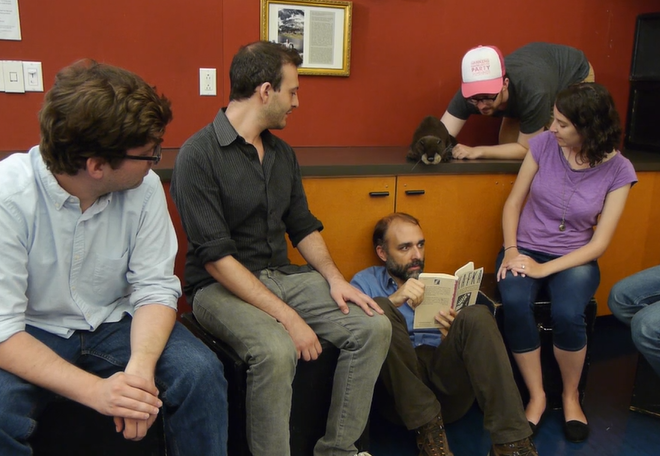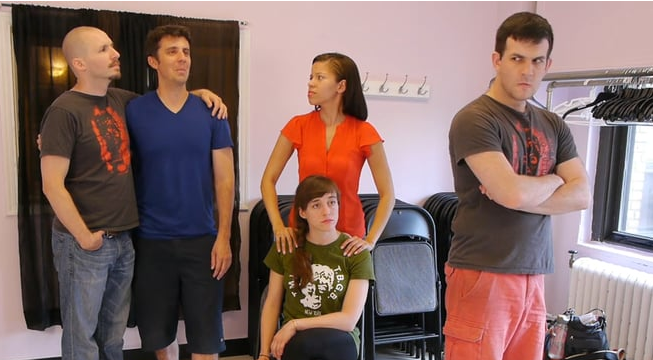The show is all around you
Back in Ancient Greece and Rome, theatre-in-the-round was all the rage. Shows were performed with the viewers surrounding the actors until the proscenium arch came along and put the audience in its place on the other side of the fourth wall. For centuries after, theatre-in-the-round, also known as arena theatre or central staging, was infrequently employed. But in the 20th century it was resurrected, initially at Seattle, Washington's Glenn Hughes Penthouse Theatre, the first theatre-in-the-round built in the US, with other venues in New York City, London, and other culture hubs following suit. Today, while there are a limited number of theatres actually built in the round, directors and designers can fake an in-the-round feel by modifying a proscenium theatre, either using a thrust or adding seats onstage (see the 2015 Broadway revival of A View from the Bridge), thus having the audience on three sides of the action. Given the scarcity of in-the-round theatres, contemporary playwrights rarely create shows specifically for that setup. (The original stage production of Man of La Mancha is a notable exception.) However, most (if not all) shows can be reconceived in-the-round if the creatives really put their minds to it. Take the multi-Tony-Award-winning mounting of Fun Home on Broadway. When this groundbreaking musical debuted Off-Broadway in 2013 at the Public Theater, it was performed on a proscenium stage. But two years later when it transferred to the Circle in the Square (the closest Broadway has to a theatre-in-the-round), the design team completely reimagined the show for the new audience configuration. While theatre-in-the-round has lots of upsides -- it feels more intimate and gives the audience a sense of being part of the action as if gathered around a dinner table -- it presents lots of challenges, too. On his Theatrefolk blog, actor Craig Mason wrote a pair of enlightening posts about these difficulties, how staging in the round demands that the set and blocking work from every angle, and how acting in the round means performers have nowhere to hide and are often emoting with their backs to some of the audience. Considering these hurdles, it's no wonder theatre-in-the-round is relatively rare and used mostly for classics, street theatre and experimental shows. And yet when it works, such as in Fun Home, with its collapsing floor that becomes "a physical reflection of what's churning inside the characters," it's thrilling and deserves a round of hearty applause.
-- Raven Snook
This video was created by TDF and The Assembly.

